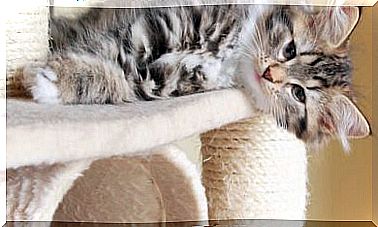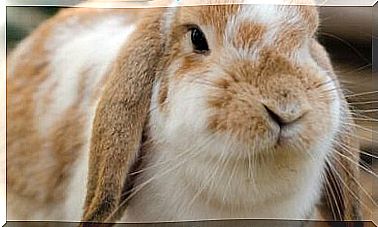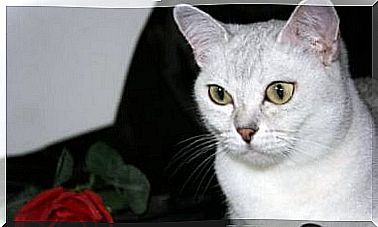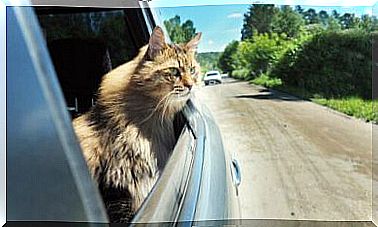Burmese Cat: Characteristics And Behavior
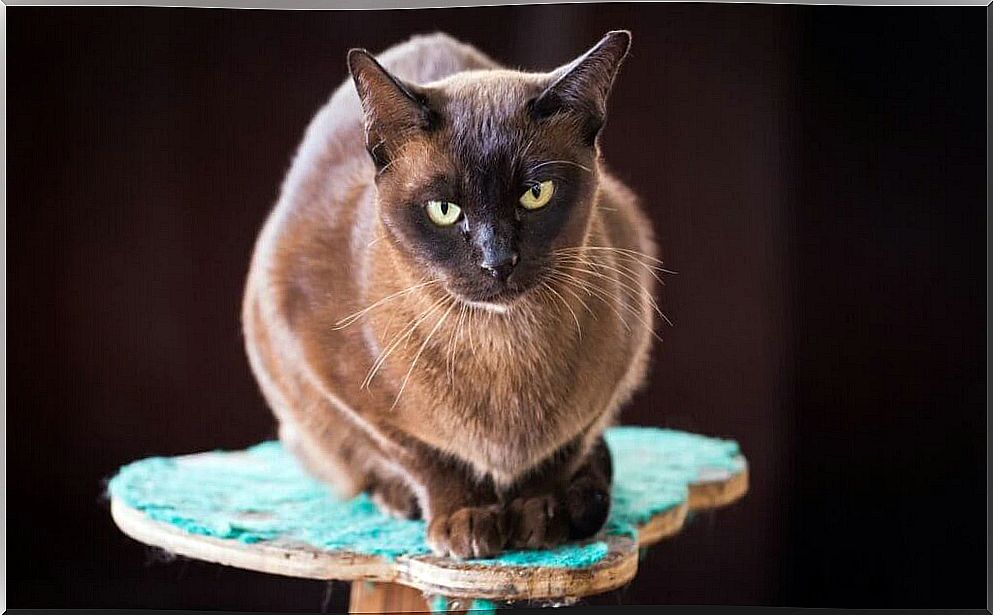
At first glance, the Burmese cat may not look very different from the Siamese. In fact, this external resemblance was the object of study for a part of history, in order to be able to differentiate the 2 races correctly.
If you are interested in this breed and its characteristics, you have come to the right place. Plus, if you’re thinking about sharing your life with one of these felines, here’s everything you need to know about this beautiful breed of cat.
race history
Archaeological evidence suggests that this breed was already present in Thailand in the 15th century, although popular wisdom traces its origins to the temples of Burmese monks. The documents considered official, however, date back to 1930 in the United States, where a doctor created the breed artificially in search of the characteristics he liked best.
The difference between the Burmese cat and the Siamese cat was established through genetic crossbreeding, as when breeding felines of both breeds, the offspring showed traits of each of them. In this way, it became clear that, although similar, these types of cats are not the same.

General Characteristics of the Burmese Cat
This feline breed has rounded shapes: eyes, ears, head, limbs and body generally have smooth, even curves. Also, even at its average size, this cat feels like he weighs more than he should when held in his arms, thanks to the strength of his muscles and bones.
The Burmese cat has short hair and its coat is traditionally dark brown, but artificial selection has expanded the color gamut over the years. Puppies may have a darker tone on the tips of the tail, ears and feet, but this characteristic disappears with age.
One of the curiosities of these cats is their melodious and harsh meowing. In fact, they are known to be very “talking” cats, answering virtually every sentence addressed to them.
Personality and behavioral tendencies
Although each cat is different, this breed has associated personality tendencies that make it an ideal companion. Young cats stand out for their high level of activity and adaptability, as they are more curious than most variants of this species.
As they get older, these animals become calmer, so it is necessary to monitor their activity so that they do not get too accommodated and their health is compromised. Even so, your taste for observation doesn’t fade, so a good window will satisfy your cravings when it’s time to pass the time.
These cats are highly appreciated as pets due to their playful and sociable nature. In fact, they demand attention and playing with them can be a never-ending activity, especially for younger animals.
How to live with a Burmese cat?
Although they may tend to be inactive, these cats are good climbers and know how to jump gracefully, so they need places to climb. Cat trees and even wall shelves are a highly recommended option to keep cats active.
As you read above, cats are very sociable and need a daily allotment of interaction. It is not advisable to leave them alone for long hours when thinking about their emotional well-being. If they socialize well, they will get along well with other animals of their species.
The Burmese cat adapts well to change – within the cat’s general ability to cope with change, of course. This is one of the reasons race is often chosen when future children are included in a guardian’s life plan. If the relationship between babies and cats is healthy, much of their daily socialization will be resolved.
veterinary precautions
There are no serious congenital diseases associated with this breed, although 2 problems related to the Burmese cat have been detected. They are as follows:
- Gangliosidosis GM2: is a genetic disease characterized by a deficiency of the enzyme beta-hexosaminidase, which produces changes in the nervous system.
- Congenital cranial malformations: can affect the life expectancy of the sick newborn feline.
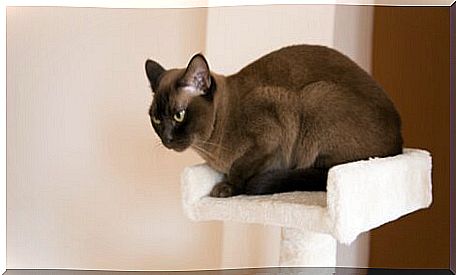
Moreover, the care that must be taken to preserve the health of this feline is no different from the care required by any other breed. By taking care of food, mental health and physical activity – in addition to the respective veterinary exams -, the tutor will ensure a full and loving life for your feline.


